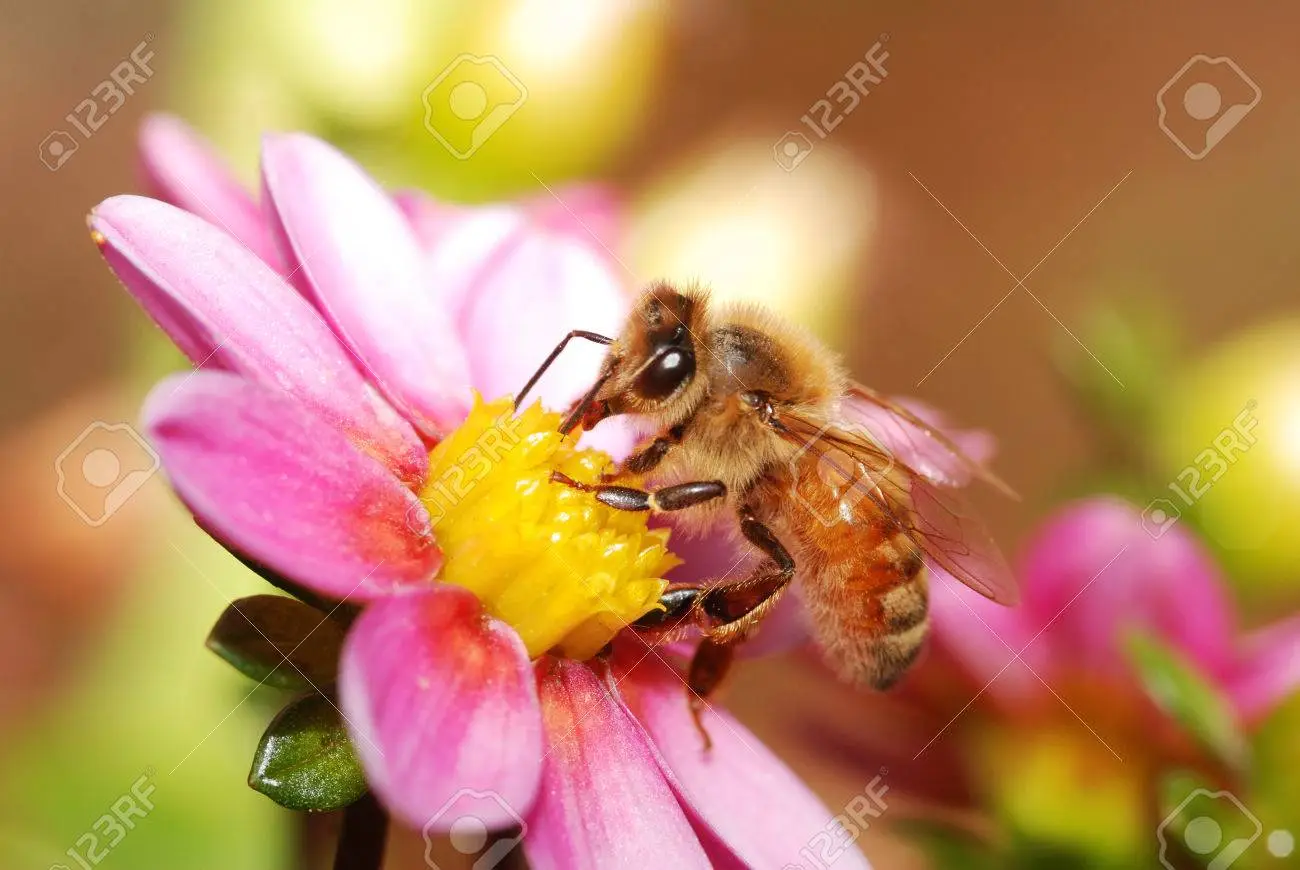Harold Bumble is a seasoned beekeeper and naturalist with over 20 years of experience. He's passionate about sharing his knowledge and love for bees, dedicating his life to educating others on the importance of bee conservation. Harold is known for his engaging storytelling and practical advice.
As a beekeeper, it's fascinating to observe the tireless work of honeybees. These tiny creatures play a crucial role in pollination, and their relentless search for nectar is a testament to their importance in our ecosystem. But have you ever wondered how far a honeybee travels to gather nectar? To learn more about their behaviors, you can delve into our article on understanding nature's little workers.
Well, the average honeybee flight distance for nectar gathering can be quite surprising. On average, a honeybee may travel up to 5 miles away from their hive in search of nectar! This distance can vary based on factors such as the location of the hive, the availability of flowers, and the species of the bee. It's a remarkable journey, considering the size of these tiny pollinators.
Understanding honeybee behavior, especially their nectar gathering habits, is a key part of natural beekeeping techniques. It's not just about knowing how far they fly, but also why they do it. This knowledge can be a valuable addition to your beekeeping beginner guide. To understand why bees make honey and how they live, you can read our comprehensive guide on the secret life of bees.
So, next time you see a honeybee buzzing around your garden, remember the incredible journey it might be undertaking. It's another reason to admire these amazing creatures and the vital role they play in our world. If you're interested in starting your own beekeeping journey, you can explore the benefits of backyard beekeeping in our article on urban hives.

As a beekeeper, understanding honeybee behavior, such as the average honeybee flight distance, is crucial. You might wonder, "Just how far does a honeybee travel to gather nectar?" Well, it's not a simple answer. The honeybee nectar gathering distance varies depending on several factors. To understand these intricacies, you can delve into our comprehensive guide for beginners.
Firstly, the location of the hive plays a significant role. If flowers are abundant near the hive, bees may only need to travel a few hundred feet. However, in less flower-dense areas, they can fly up to five miles! Yes, you heard it right, a tiny honeybee can cover that much distance. Learn more about the unique diet of bees and its crucial role in their survival and our ecosystem.
Secondly, the availability of flowers is another determinant. During peak blooming seasons, bees may not need to travel far. But in less fruitful times, they're forced to venture further afield.
Lastly, the species of the bee also influences the distance. Some species have adapted to longer flights, while others prefer staying closer to home.
So, as you delve deeper into your beekeeping journey, remember, these industrious insects are truly remarkable, capable of traveling great distances in their vital role of nectar collection. If you're interested in finding local classes to kickstart your apiary adventure, check out our guide on how to locate beekeeping classes near you.
Average Distance Traveled by Honeybees to Gather Nectar Under Different Conditions
Now that we've seen how far honeybees can travel in search of nectar, let's delve into why this matters. The average honeybee flight distance isn't just a fascinating trivia fact, it's a critical aspect of understanding honeybee behavior and natural beekeeping techniques.
Imagine being a honeybee, embarking on a journey of several miles just to gather nectar. It's a tremendous energy expenditure, isn't it? In fact, honeybees consume most of the nectar they collect as fuel for their flights. This is why a hive needs to gather so much nectar - it's not just about making honey, but about keeping the bees themselves energized and alive.
Moreover, the distance a honeybee travels for nectar also affects the quality and quantity of the honey produced. Bees that have access to abundant, diverse flowers nearby can produce a richer, more flavorful honey. On the other hand, bees that have to fly further might produce less honey, as they need to consume more nectar for energy. This is one of the many reasons why understanding bee nutrition is so important.
As you can see, every mile, every flower, and every drop of nectar matters in the world of bees. And as a beekeeper, understanding these nuances can make all the difference in your beekeeping journey.
To better understand the process of honeybees gathering nectar and returning to their hive, let's take a look at this informative video:
As seen in the video, the process of honeybees collecting nectar is an intricate and energy-consuming task. This further underscores the significance of understanding the average distance a honeybee travels to gather nectar for effective beekeeping.
Grasping the average honeybee flight distance for nectar gathering is more than just an intriguing fact—it's a fundamental part of understanding honeybee behavior that can significantly impact your beekeeping practices. It's a testament to the incredible resilience and dedication of these tiny creatures, who may travel up to five miles to find nectar, all while contributing to the vital process of pollination.
As a beekeeper, this knowledge helps you appreciate the enormous effort each tiny bee contributes to the success of your hive. It also underscores the importance of providing a supportive environment for your bees, close to abundant, nectar-producing flowers. This not only reduces their need for long, energy-consuming flights but also boosts their productivity and the overall health of your hive.
Remember, successful beekeeping isn't just about harvesting honey. It's about understanding and respecting these remarkable creatures, and working in harmony with them. By incorporating natural beekeeping techniques and applying the knowledge you've gained about the honeybee's nectar gathering distance, you're not just a beekeeper—you're a vital part of the honeybee's world. So, are you ready to embrace this journey?















